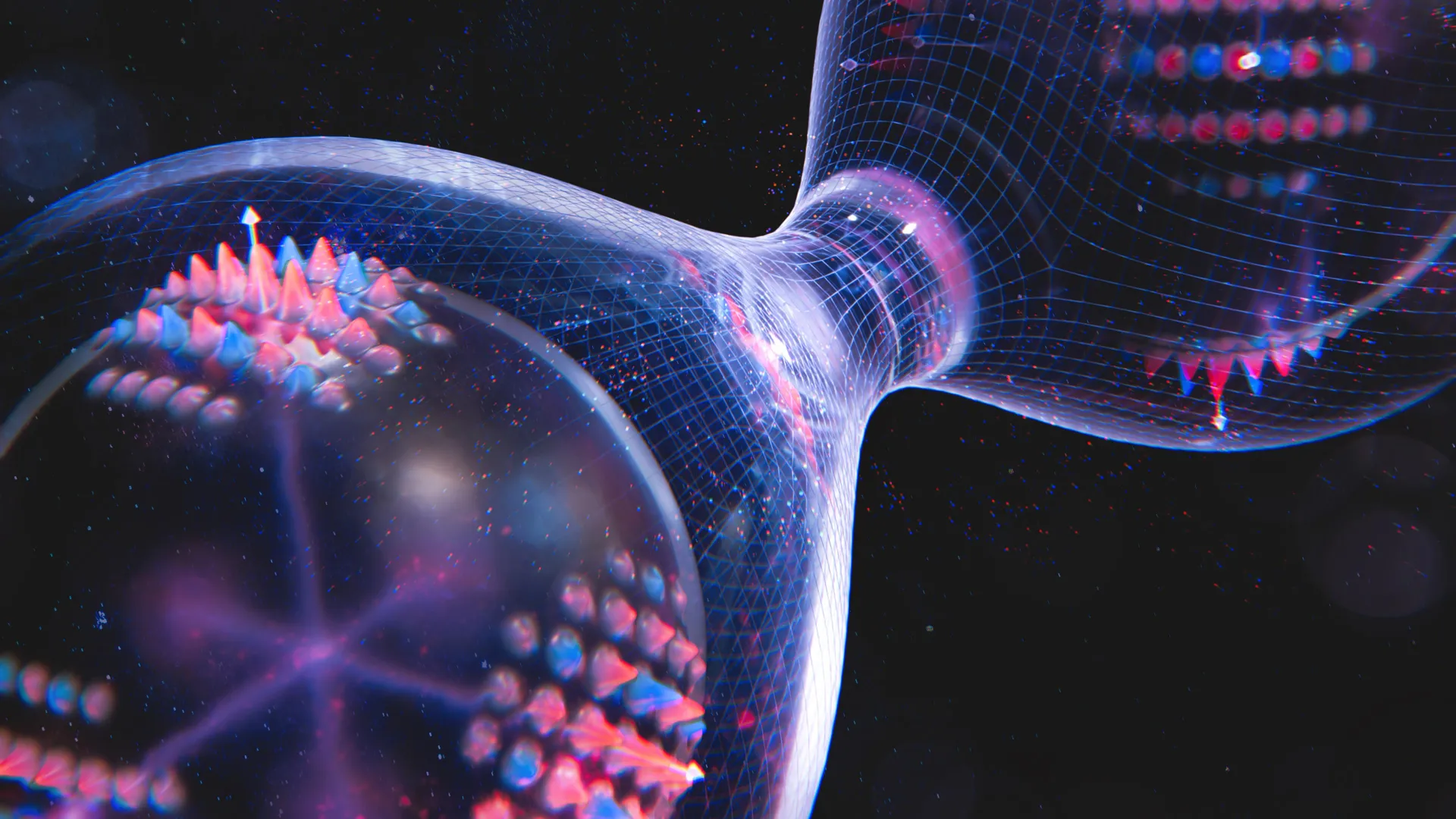Coffee spikes. Tea steadies. Matcha upgrades.
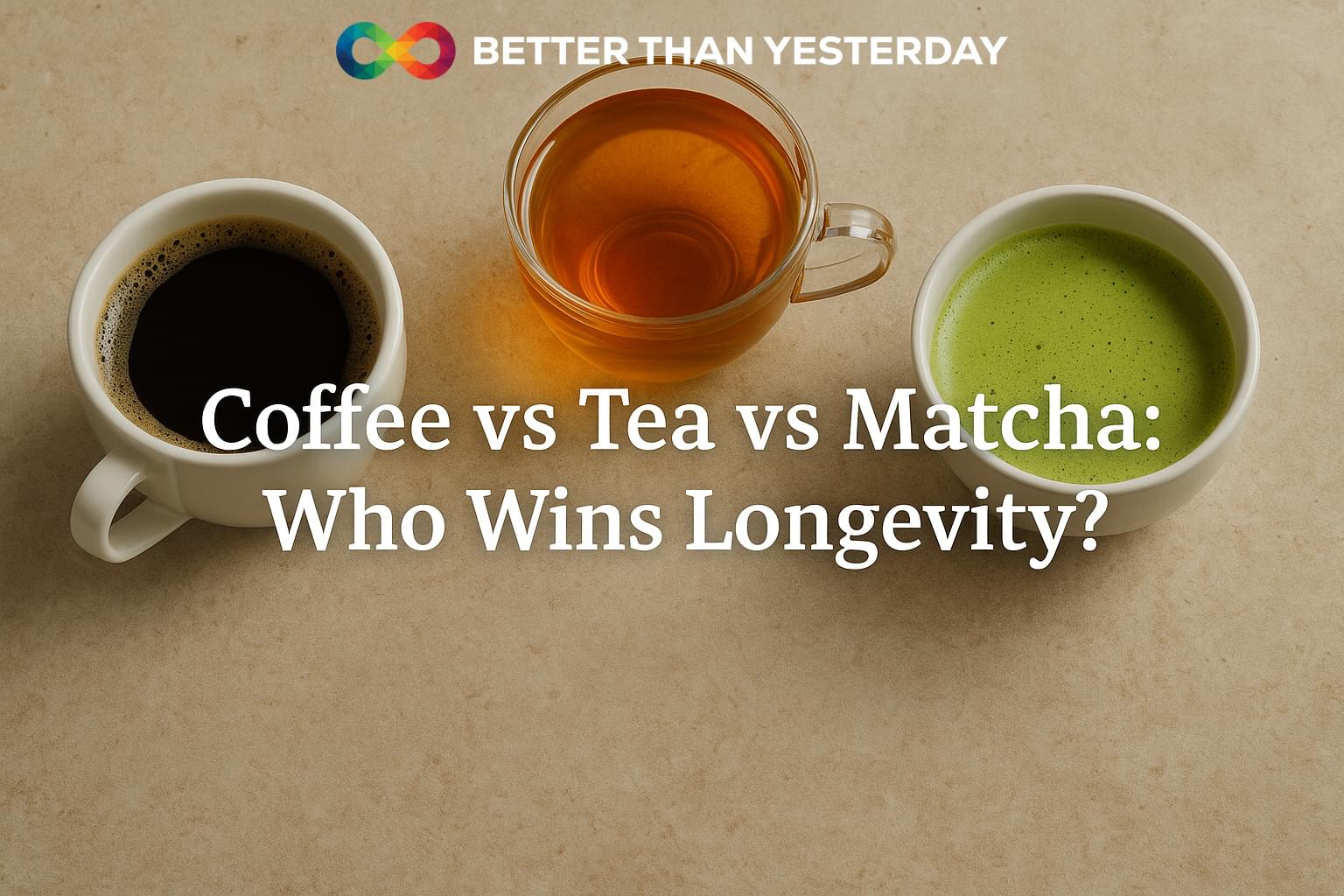

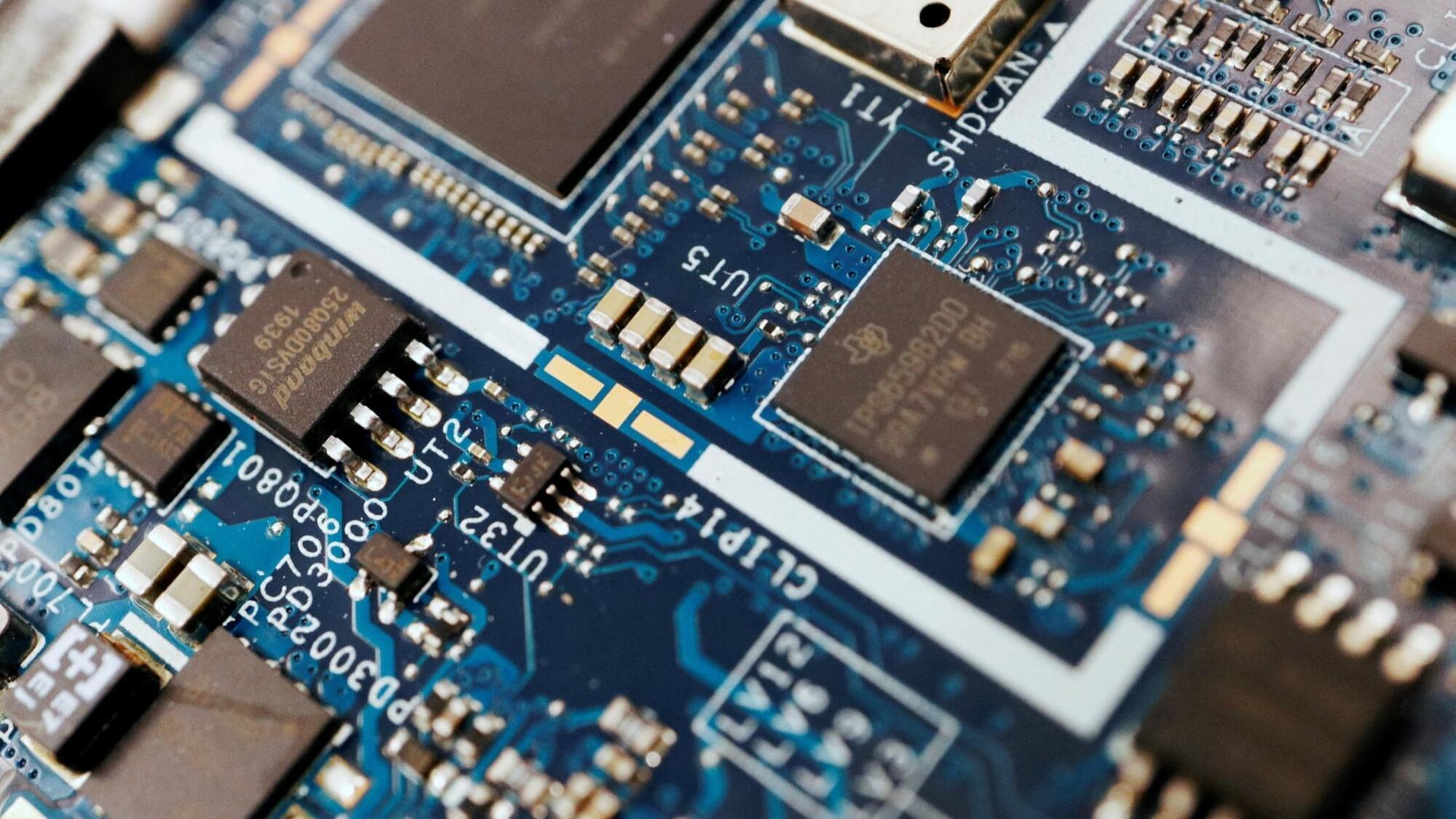
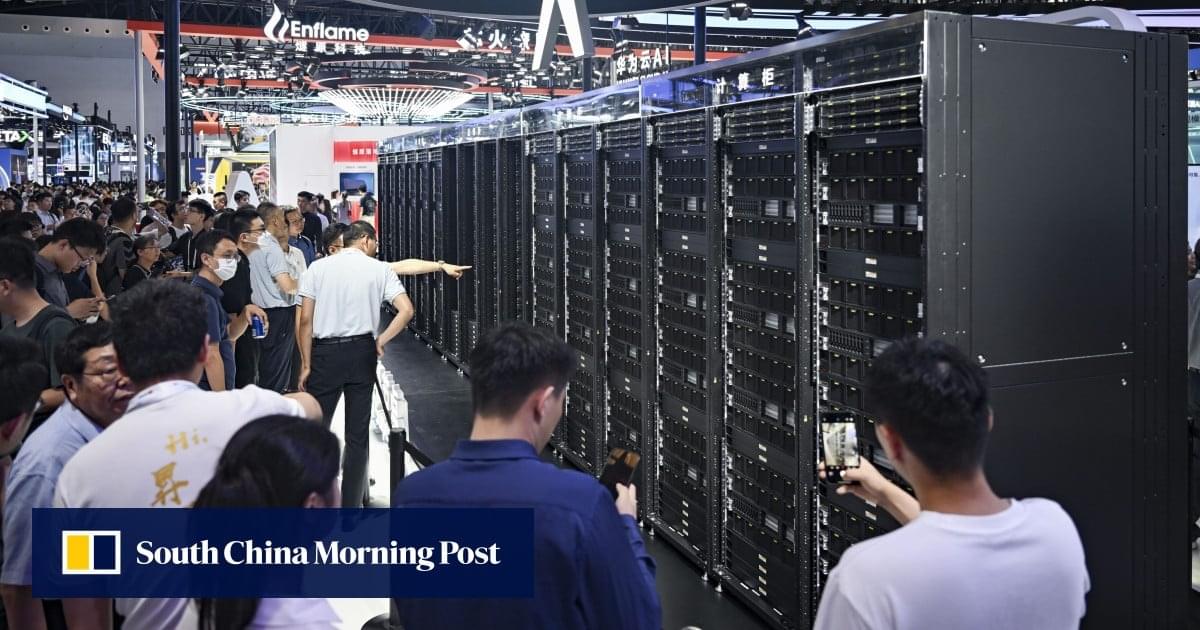
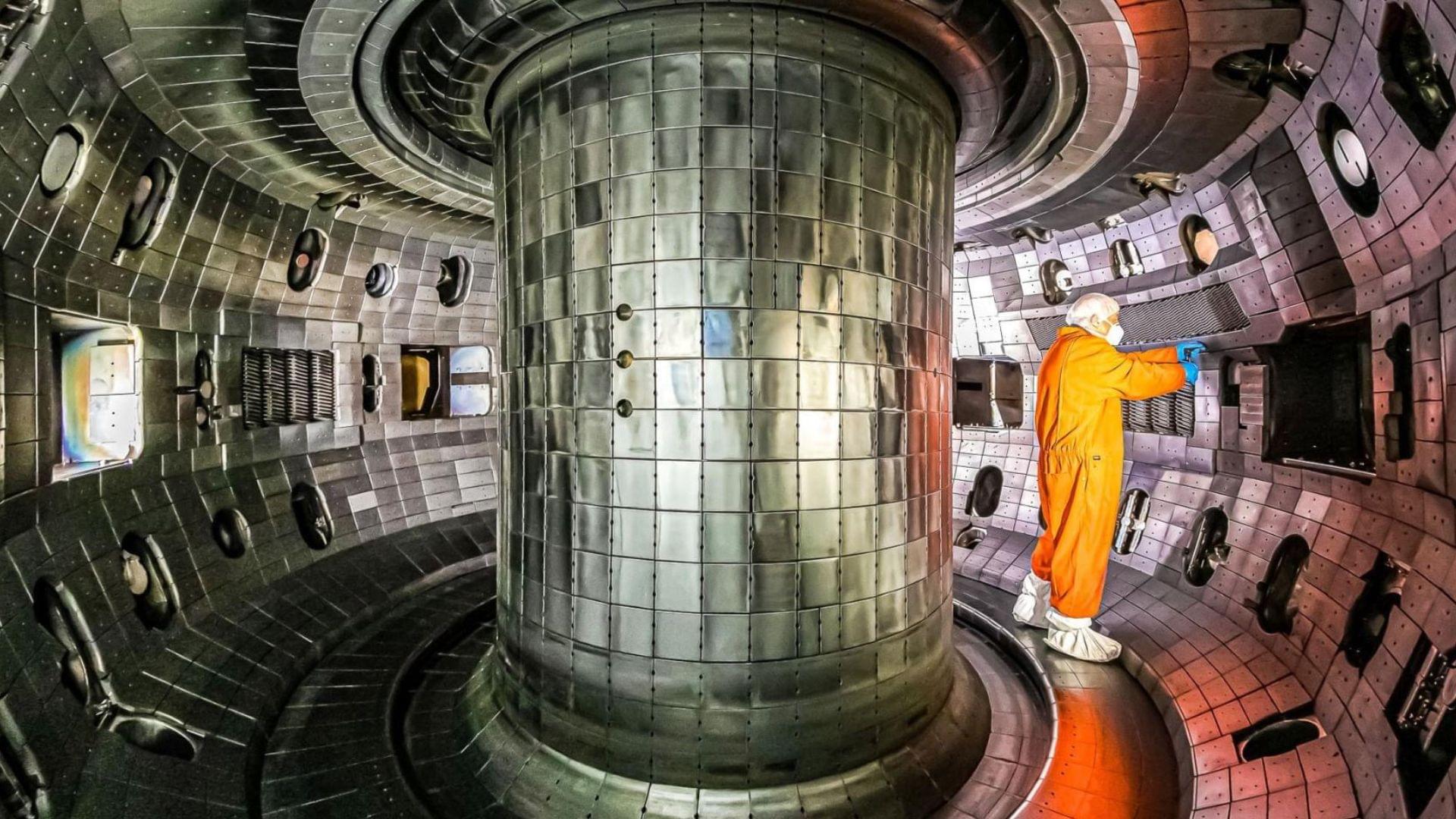
US’ inverted D plasma research leads to breakthrough in nuclear fusion reactor control.
Scientists at the DIII-D National Fusion Facility are investigating a different approach to tokamak operation that has yielded promising results for the design of future fusion power plants.
Recent experiments have demonstrated that a plasma configuration known as “negative triangularity” can achieve the high-performance conditions necessary for sustained fusion energy, while also addressing a critical challenge related to heat management inside the reactor.
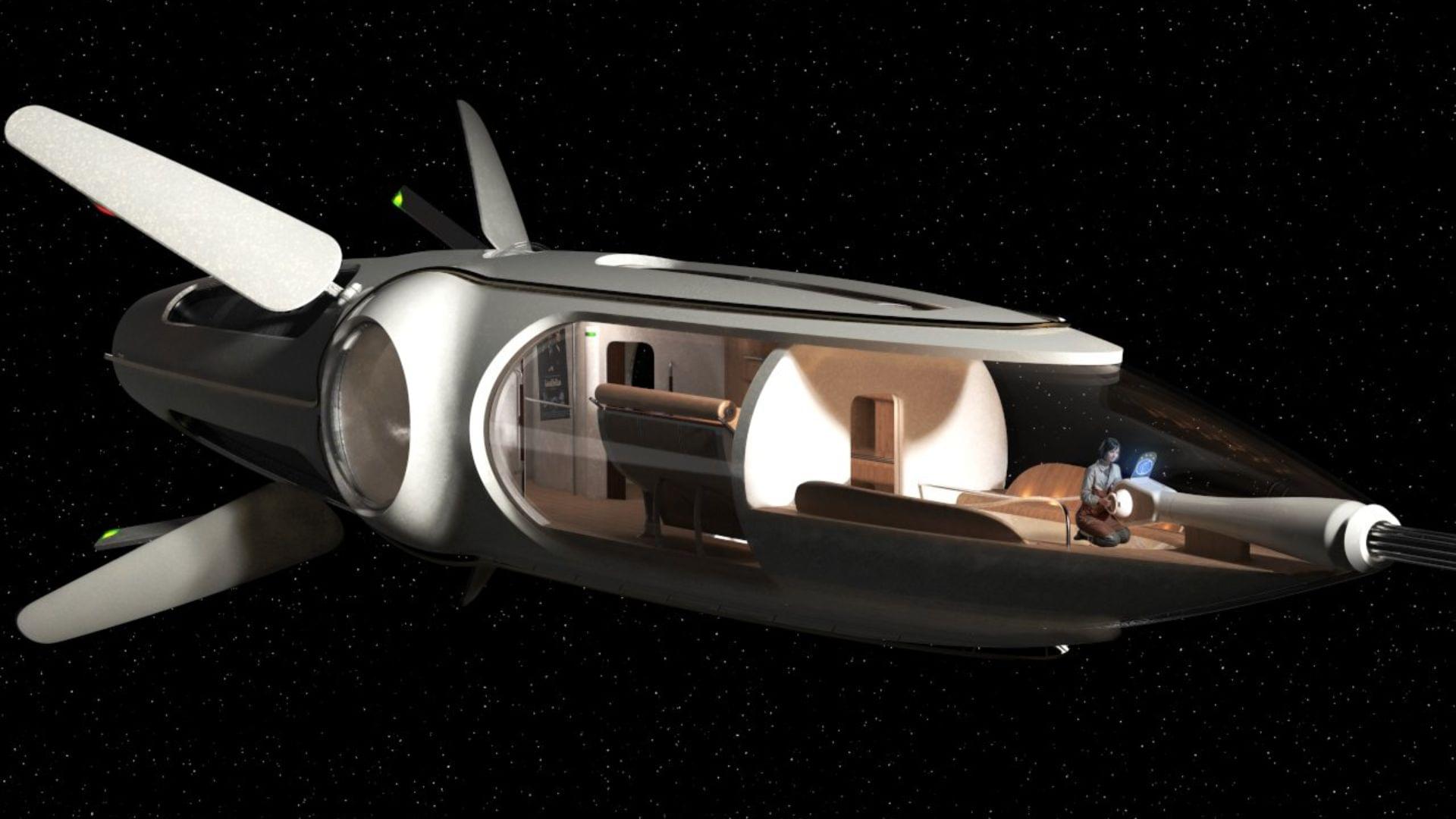
New York City launches first self-driving vehicle trials, robotaxi firm to test with 8 cars.
Waymo has received its first permit to test autonomous vehicles in New York City, city officials confirmed Friday. The authorization allows the Alphabet-owned company to deploy up to eight vehicles in Manhattan and Downtown Brooklyn through late September, with the option to extend the program.
The launch marks the first autonomous vehicle testing program in the city. State law requires a trained driver to remain behind the wheel during operations, in line with what officials describe as the nation’s strictest safety standards.
Smartlet microrobots use solar cells and optical signaling to team up underwater.
Powered by solar cells and optical signals, new autonomous smartlets fold into cubes, sense stimuli, and coordinate in aquatic environments.

MIT’s 1972 global collapse warning revisited: Humanity enters make-or-break decade.
Nearly five decades later, sustainability analyst Gaya Herrington revisited World3 with fresh data. Her study, published in the Journal of Industrial Ecology in November 2020 and later shared by KPMG (where she then worked), compared several of the model’s scenarios with decades of empirical trends across variables such as population, fertility and mortality, industrial output, food production, services, non-renewable resources, persistent pollution, human welfare, and ecological footprint.
The aim was straightforward. After half a century, which of World3’s possible futures does the real world most resemble? Herrington found that the dynamics described in 1972 still fit the data “strikingly” well. In scenarios that keep growth as the primary goal, what the original authors called the “standard run” and what we’d now call “business as usual,” the model points to declines in industrial capital, agricultural output, and welfare within this century.

